|
Wetland and Aquatic Plants
of
Oklahoma
Interactive Keys: Emergent
Purple, Blue,
and Red Flowers
4.
Flowers with five petals or lobes
a. Hydrophyllaceae
b. Campanulaceae
c. Clusiaceae
d. Gentianaceae
e. Verbenaceae
Waterleaf
(Hydrophyllaceae)
False fiddleleaf (Hydrolea
ovata Nutt. ex Choisy)
Native perennial.
click thumbnails to enlarge
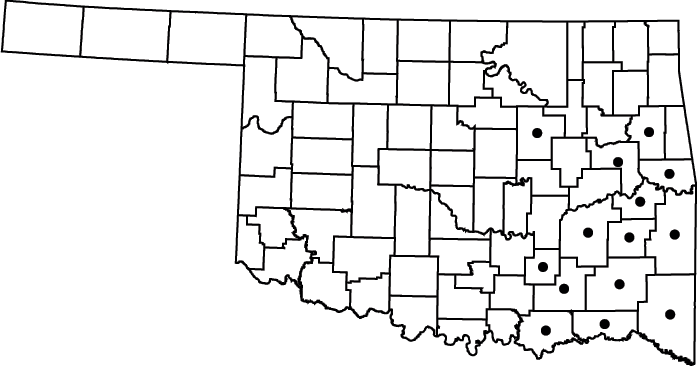
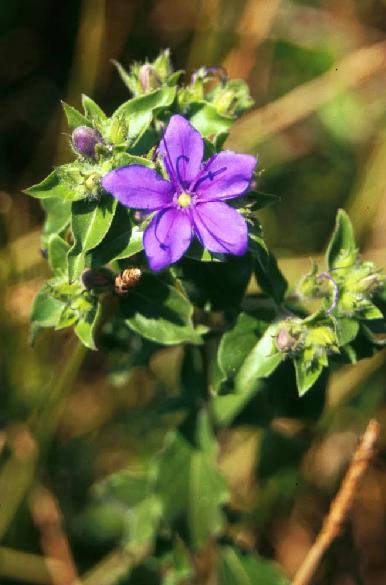
NWI
status: OB
Oneflower
fiddleleaf (Hydrolea
uniflora Raf.)
Native perennial.
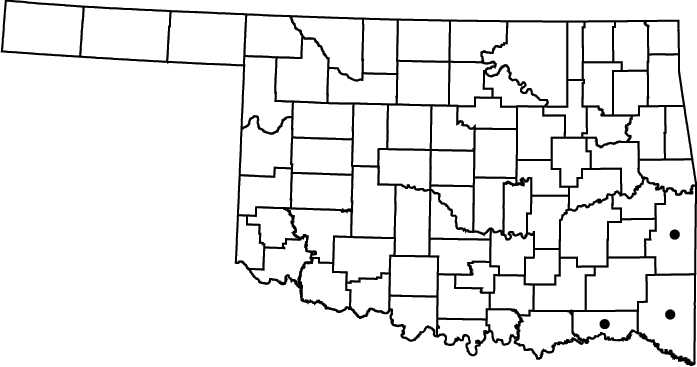
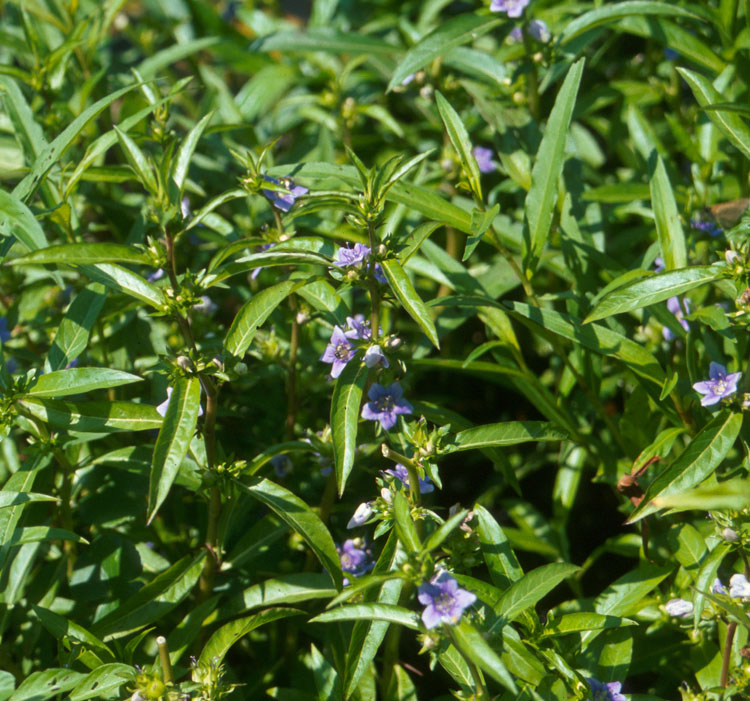
NWI status:
OBL
Bellflower
(Campanulaceae)
Cardinal Flower (Lobelia cardinalis L.)
Native perennial.
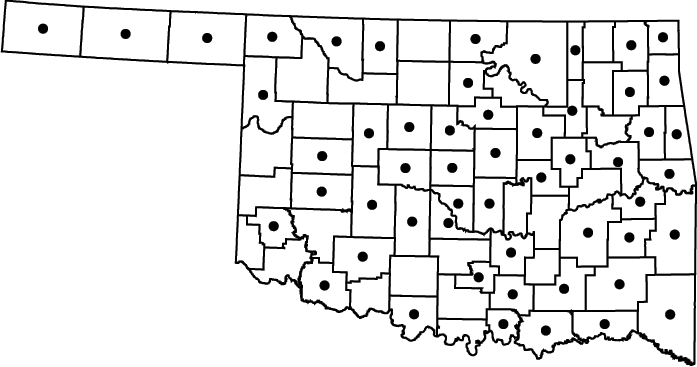
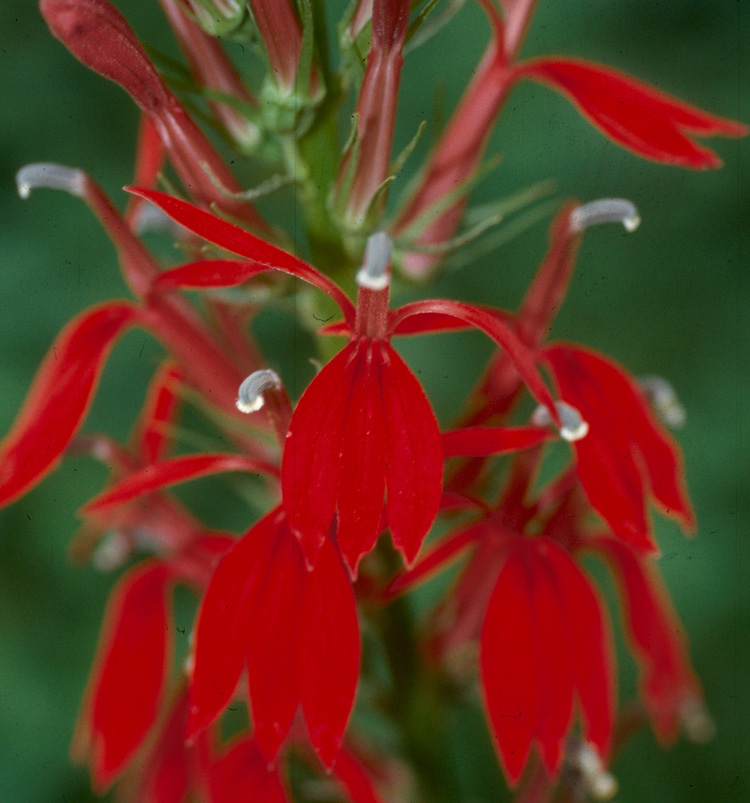
Note: The flowers do not produce nectar, but are
visited by
hummingbirds nonetheless. A very popular
garden plant. However, it produces
lobeline, an alkaloid which can cause paralysis and death.
Used by the Cherokee for treatment of colds,
croup, fever and headaches, syphilis and worms.
NWI status:
FACW+
Downy
lobelia (Lobelia
puberula Michx.)
Native perennial.
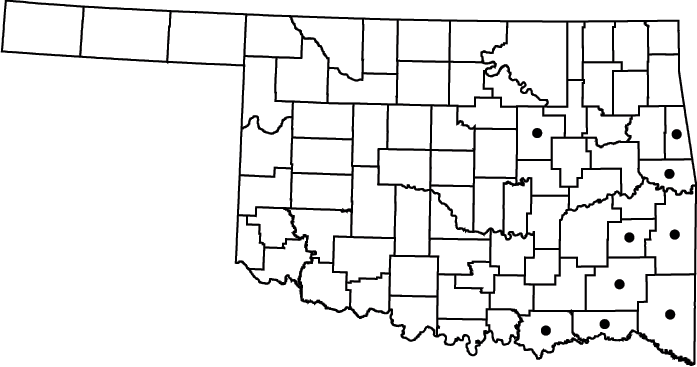
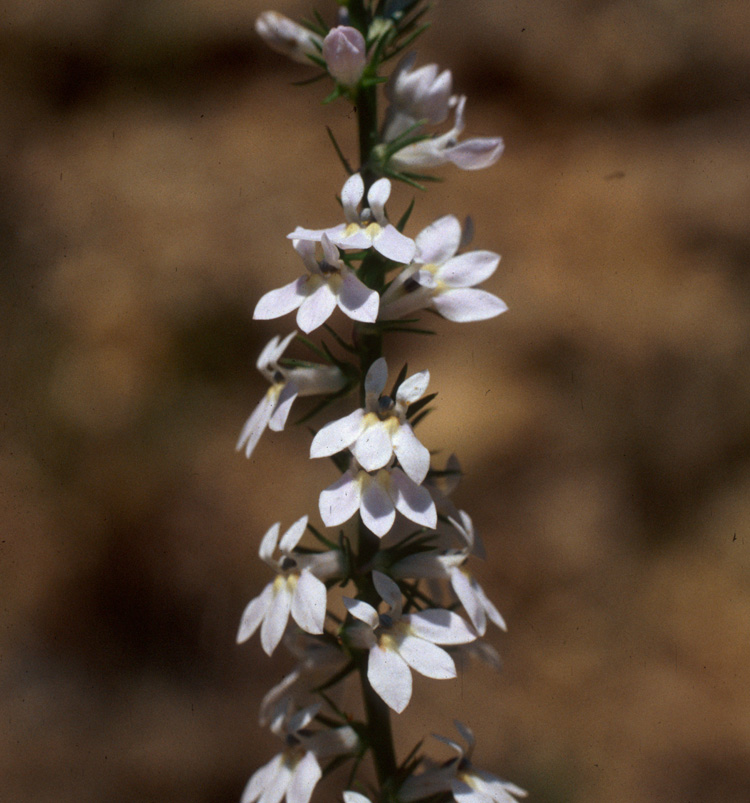
NWI status:
FACW-
Great
blue lobelia (Lobelia
siphilitica L.)
Native perennial.
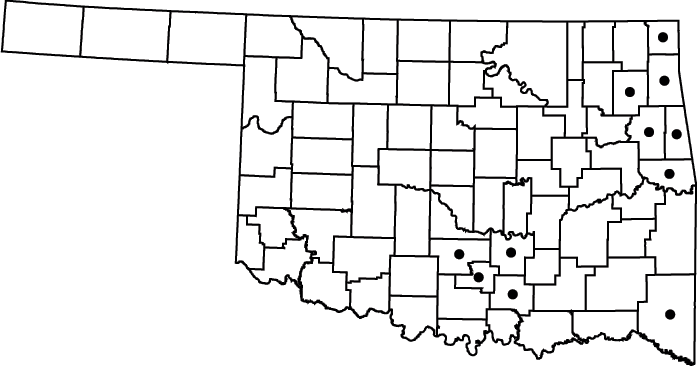
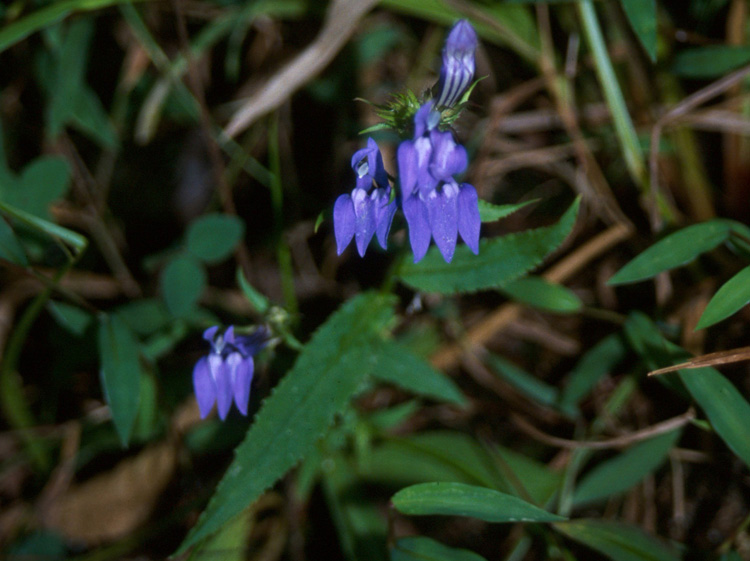
Note: Used by the Cherokee for treatment of colds,
croup,
fever and headaches, syphilis and worms.
NWI
status: OBL
Saint Johnswort
(Clusiaceae)
Lesser marsh St. Johnswort (Triadenum
tubulosum (Walt.) Gleason)
Native
perennial.
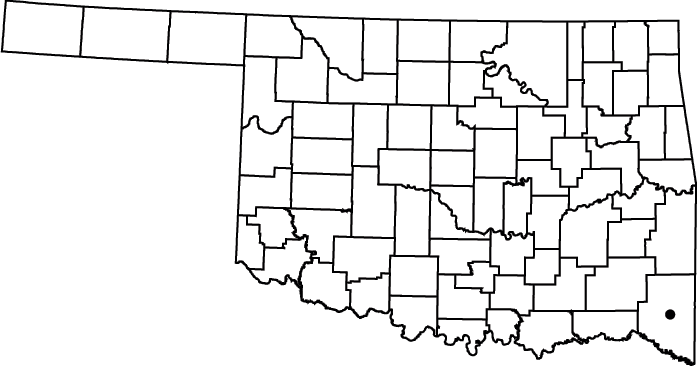
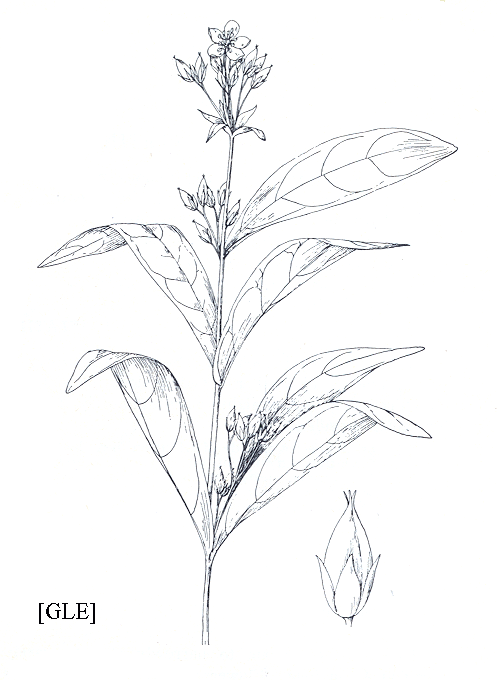
Note: Glands are present at the base of the flower
(receptacle).
NWI
status: OBL
Virginia marsh St. Johnswort
(Triadenum
virginicum (L.) Raf.)
Native perennial.
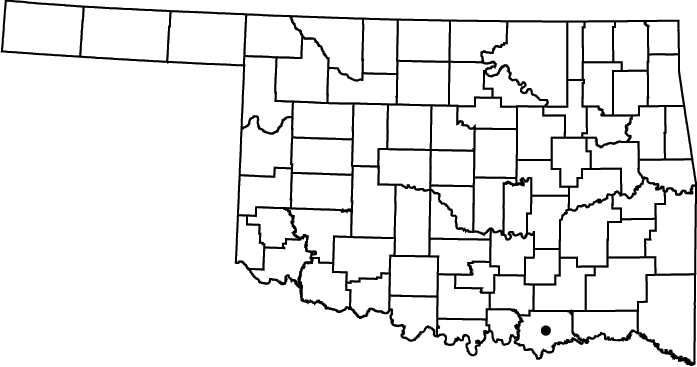
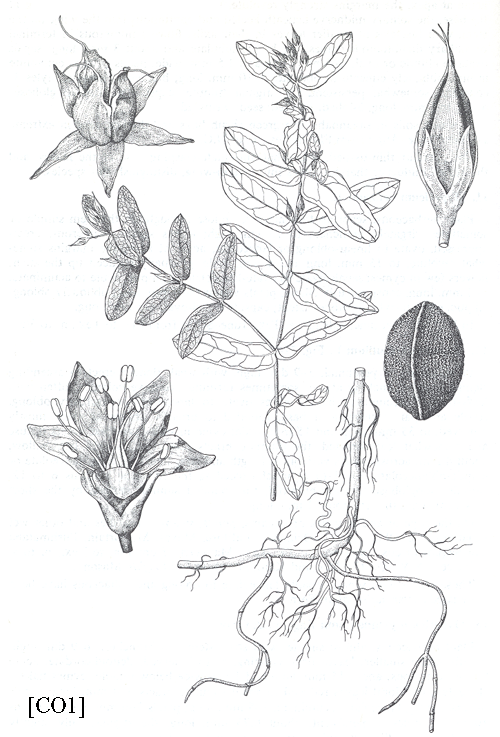
Note: stamens in groups of 3 with orange glands.
NWI
status: OBL
Greater marsh St. Johnswort (Triadenum
walteri (J.G. Gmel.) Gleason)
Native perennial.
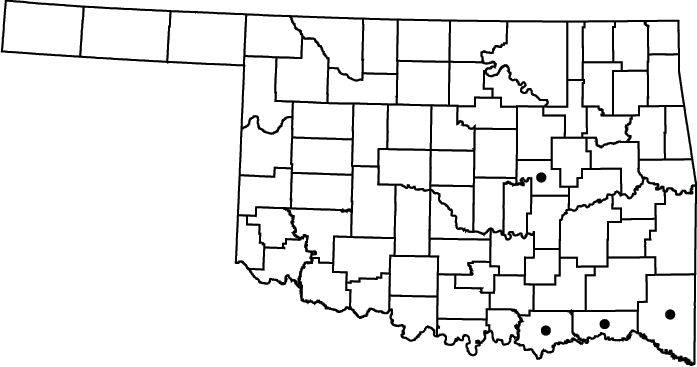
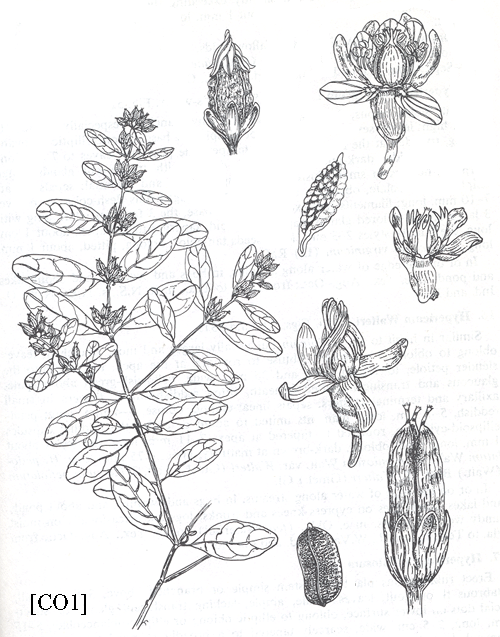
Note: Greater marsh St.
Johnswort has blunt sepals and the leaves are on stalks (petioles) with
black
glandular dots.
NWI
status: OBL
Gentains
(Gentianaceae)
Soapwort
gentian (Gentiana
saponaria L.)
Native perennial.
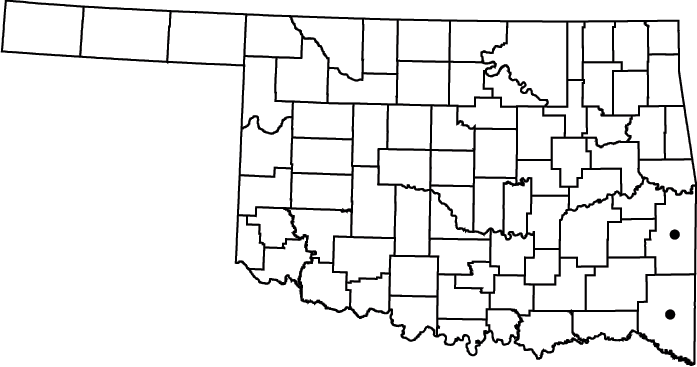
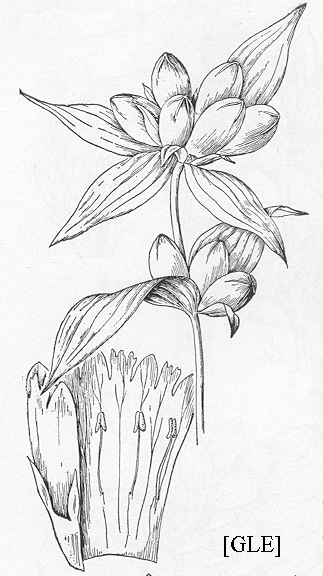
NWI status: FACW-
Vervain
(Verbenaceae)
Swamp verbena (Verbena
hastata L.)
Native perennial.
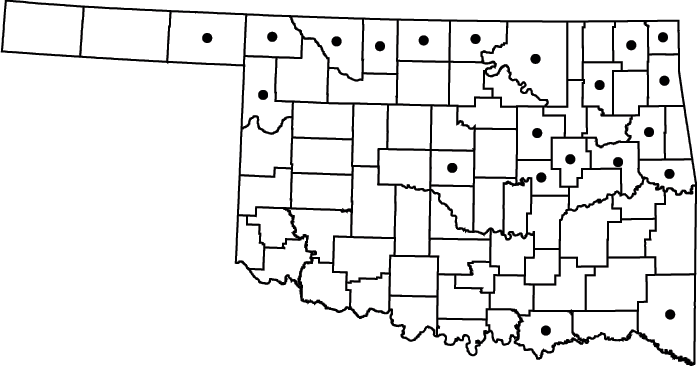
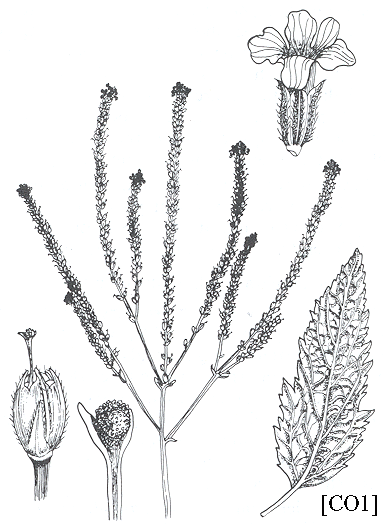
Note: Eastern cottontails have been known to eat
the
shoots. A larval food plant for buckeye
butterflies. The Cherokee used as a
tonic and to treat diarrhea, fever, and coughs. The
Delaware used to treat chills.
NWI
status: FAC
Last update: 2/27/04
Comments to : Bruce Hoagland
bhoagland@ou.edu
Go to Oklahoma
Biological Survey Home Page
 Disclaimer Disclaimer
|

